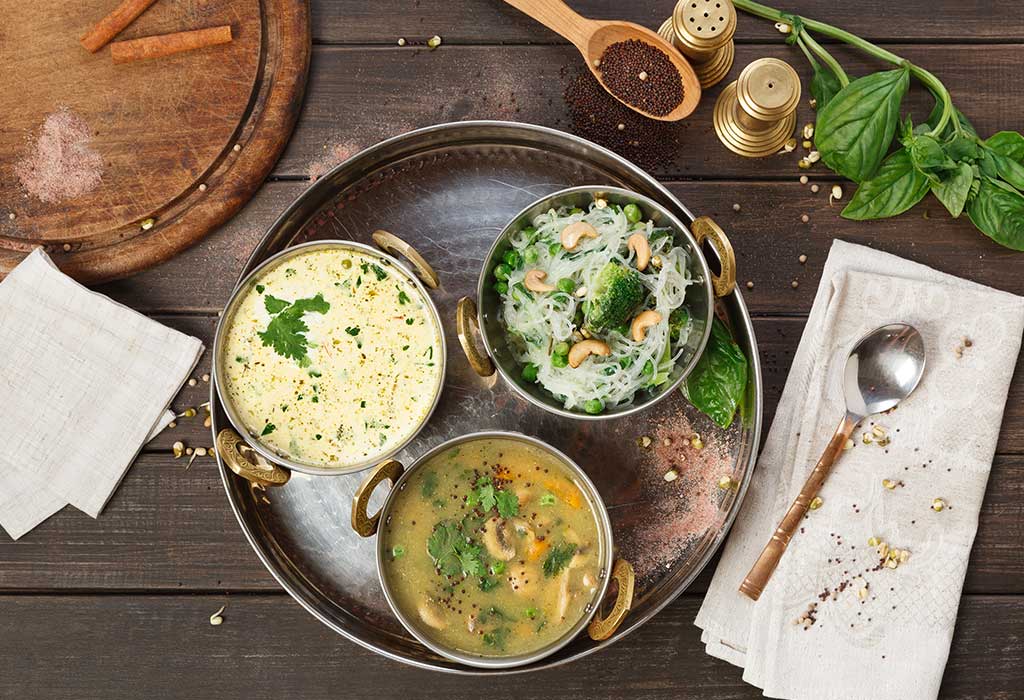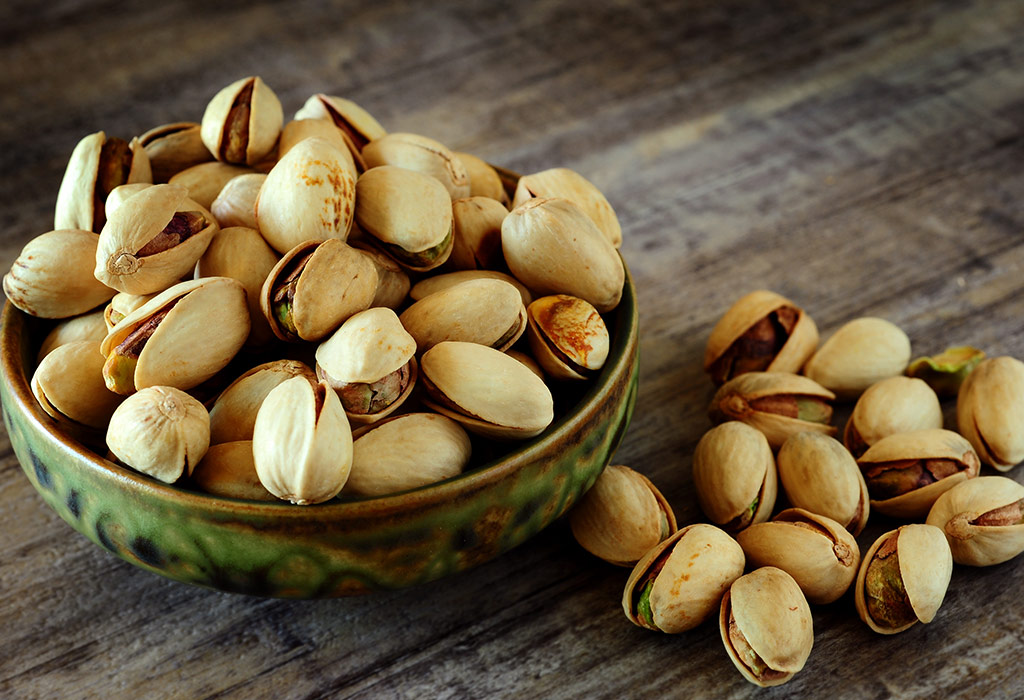Aggiungere questi semplici alimenti alla tua dieta può fare una grande differenza.
Il cibo è medicina. Se stai lottando con il dolore per l’artrite, mangiare cibi che hanno proprietà antiossidanti, antinfiammatorie e analgesiche – insieme a qualsiasi farmaco o altro trattamento che il medico raccomanda – può aiutare.
“La ricerca è in corso, ma gli scienziati hanno già scoperto che alcuni alimenti possono ridurre l’infiammazione e il dolore legati all’artrite”, afferma il dietologo registrato Andrea Dunn, RD, LD, CDE.
Ecco 10 alimenti che Dunn consiglia per una dieta che può aiutare ad alleviare il dolore da artrite e migliorare la salute del cuore:
1. Tè verde
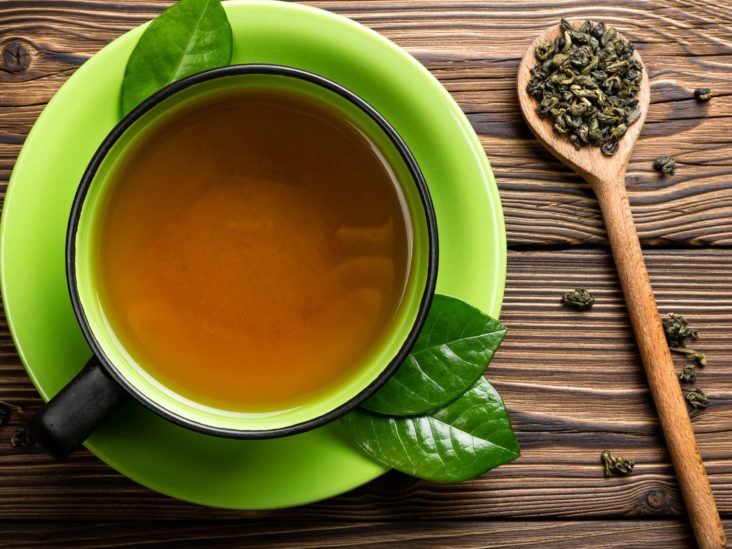
Il tè verde è noto per essere ad alto contenuto di sostanze nutritive e antiossidanti e ha la capacità di ridurre l’infiammazione, afferma Dunn. Studi condotti su animali hanno anche scoperto che può aiutare a ridurre l’incidenza e la gravità dell’artrite reumatoide.
“Per raccogliere i benefici, mira a due porzioni al giorno, calde o fredde”, osserva Dunn. “Assicurati di usare bustine di tè e non le miscele di tè in polvere, che sono più lavorate. Se bevi la varietà decaffeinato, assicurati che il processo sia tutto naturale.
2. Salmone, tonno, sardine e sgombri
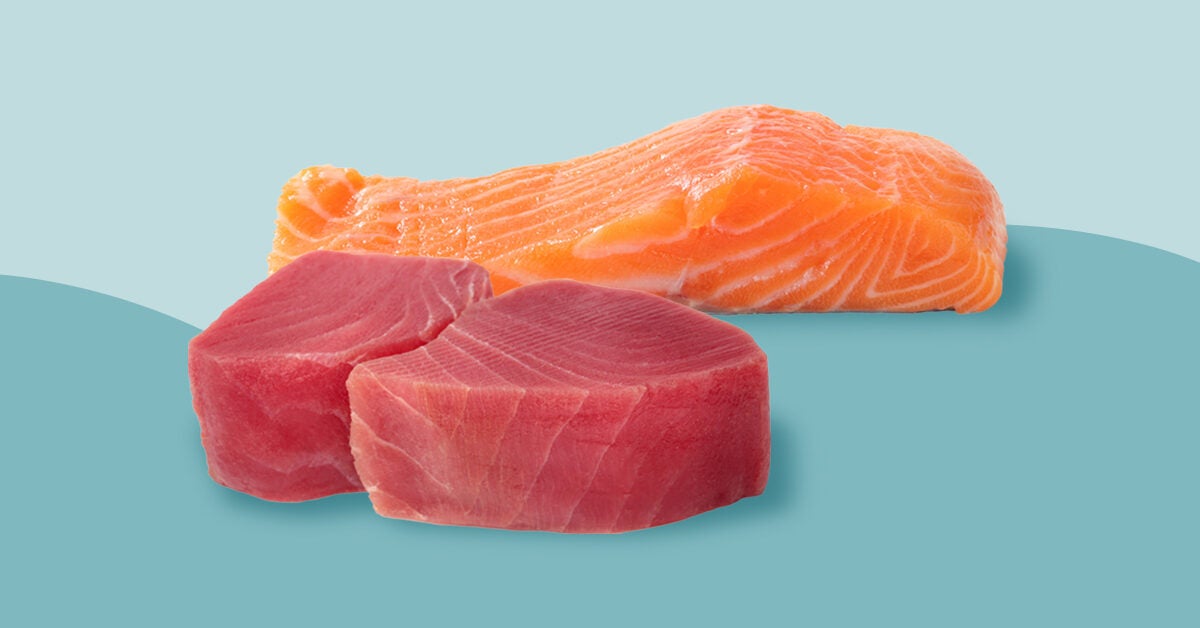
Questi pesci sono ricchi di acidi grassi omega-3, che gli studi hanno scoperto possono ridurre l’infiammazione. Secondo la Arthritis Foundation, si consiglia di mangiare una porzione da 3 a 4 oncia di questi pesci due o più volte a settimana per proteggere il cuore e ridurre l’infiammazione.
Mentre il pesce fresco può diventare costoso rapidamente, un consiglio per renderlo più conveniente è guardando nella sezione congelatore o acquistando sardine in scatola, salmone o tonno. Assicurati di scegliere opzioni di sodio più basse quando acquisti articoli in scatola se hai bisogno di tenere sotto controllo il sodio.
3. Bacche, mele e melograni

Berries are rich in antioxidants and the Arthritis Foundation notes that blueberries, blackberries, strawberries, cranberries, raspberries and boysenberries all provide arthritis-fighting power. You’ll get health benefits no matter if you eat them frozen, fresh or dehydrated (without added sugar), so be sure to eat a variety of berries throughout the week.
Apples are also high in antioxidants and a good source of fiber. Plus, they provide crunch and can help curb your appetite for unhealthy snacks, Dunn says.
Pomegranates, which are classified as berry fruits, are rich in tannins which can fight the inflammation of arthritis. Add these to a salad or stir into plain yogurt for some added benefits.
4. Vegetables
Take it a step further and include anti-inflammatory vegetables in your daily diet such as cauliflower, mushrooms, Brussels sprouts and broccoli in either frozen or fresh form. Add them into your stir-fry, salads or as healthy side dishes.
While making big changes to your diet won’t happen overnight, adding a variety of arthritis-friendly foods little by little will help you with your overall health and how well you manage your arthritis pain.
5. Canola and olive oils
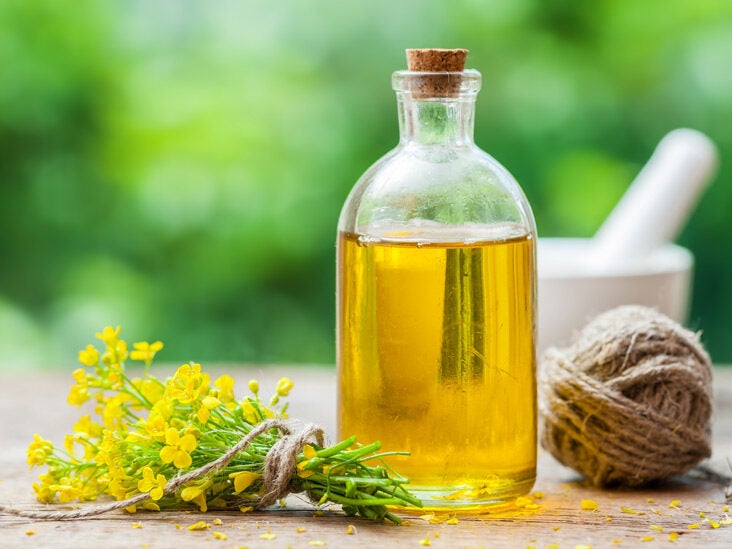
Skip the vegetable oil or corn oil and reach for these two varieties, which have a good balance of the omega-3 and omega-6 acids, both of which are essential fatty acids. Studies have found that a component in olive oil called oleocanthal has anti-inflammatory properties and is known to be especially good for heart health, too, Dunn says.
6. Ginger and turmeric
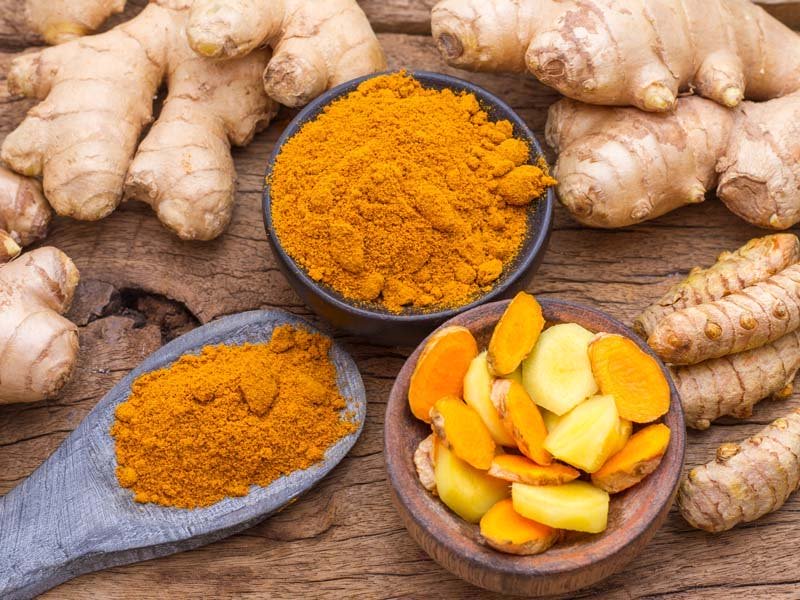
Thanks to the chemicals in these plants, ginger and turmeric are also known to have anti-inflammatory properties. Both are widely used in Chinese and Indian cuisine.
The scientific data on recommended daily or weekly intakes of ginger or turmeric are mainly with supplemented doses, but a healthy sprinkling of these spices on foods or in beverages could bring limited health benefits, Dunn says. They’ll even add a little kick to your favorite dishes. Moreover, small amounts of ginger can help settle an upset stomach.
7. Nuts

All nuts are high in protein, low in saturated fats and contain no cholesterol, unlike animal proteins. Eat them alone or add them to your favorite yogurt, salad or healthy dish for an extra boost of protein.
“By replacing a serving of meat with just a quarter cup of nuts can help you avoid the inflammation you may experience when eating red meat,” Dunn notes. “Unlike meat, nuts also are a good source of fiber. Choose unsalted nuts to limit the amount of sodium in your diet.”
8. Whole grains
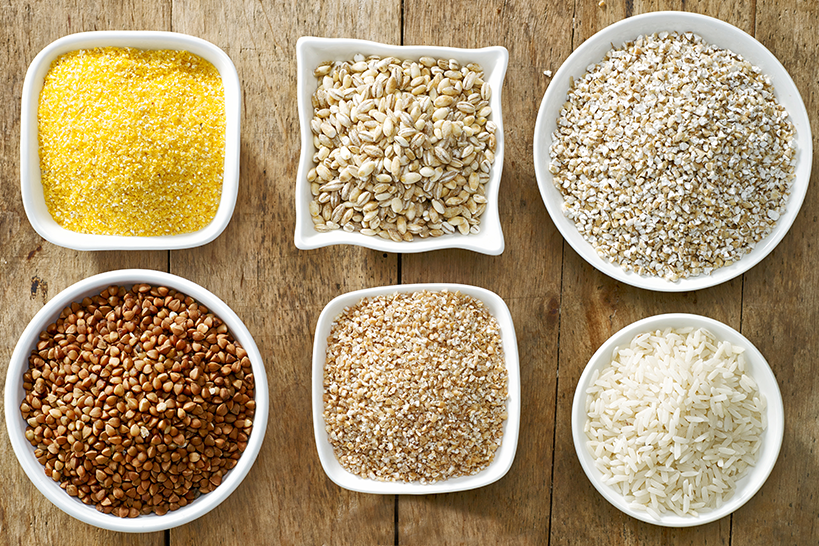
Whole grains don’t have to be boring. From quinoa to farro to bulgur, there’s plenty of variety to choose from and incorporate into your diet. These varieties add extra nutrients and fiber that only whole grains can offer naturally. To reap the benefits, the Arthritis Foundation recommends eating between three and six ounces of grains a day.
Try them as side dishes instead of more common choices, such as white rice, Dunn says. Some more diverse whole grain options include freekeh, a Middle Eastern cuisine staple, or teff, used to make Ethiopian flatbread.
9. Salsa
/__opt__aboutcom__coeus__resources__content_migration__simply_recipes__uploads__2019__07__Fresh-Tomato-Salsa-LEAD-2-2699ad8059ba4067b222c742bcf318da.jpg)
Mescolare la salsa nella tua dieta quotidiana è un ottimo modo per aumentare l’assunzione di vitamina C, fibre e antiossidanti, grazie al suo ricco mix di pomodori, cipolle e altre verdure. Dunn consiglia di usarlo per un tuffo vegetale al posto di condimenti ipercalorici comunemente trovati nel negozio di alimentari.
10. Cioccolato fondente

Il cioccolato fondente è un classico studio di controllo casuale preferito ma su larga scala non sono stati fatti per raccomandare caramelle al cioccolato fondente in qualsiasi quantità per alleviare l’infiammazione. Se ti piace il cioccolato fondente, guarda almeno il 70% o un contenuto di cacao superiore (maggiore è il contenuto di cacao, minore è la quantità di zucchero nel cioccolato).
“Basta mantenere piccole porzioni per limitare i grassi saturi e le calorie”, afferma Dunn. “Ad esempio, una mezza oncia di cioccolato fondente ogni giorno fa molta strada per un sapore intenso e divertimento al cioccolato.”

